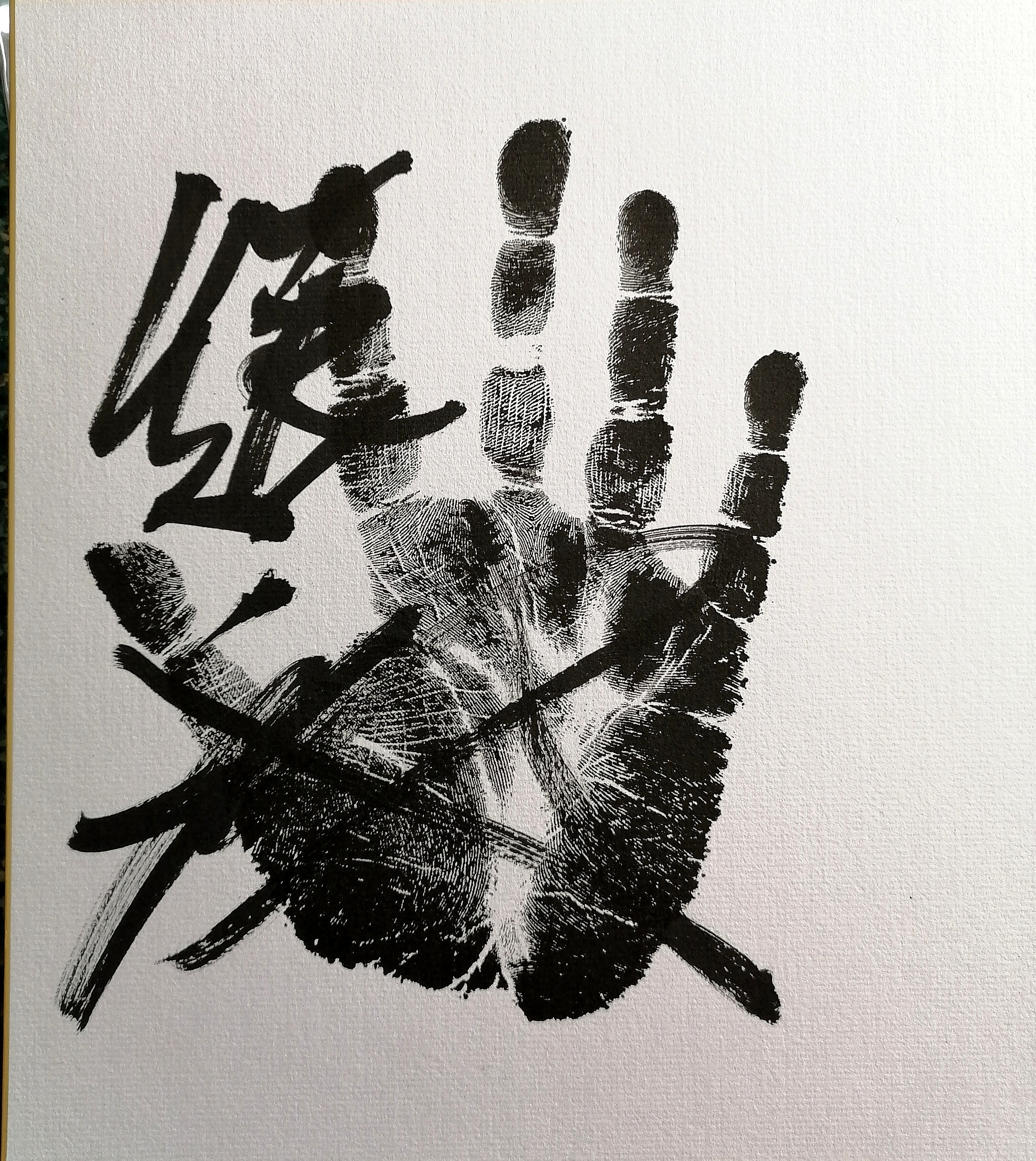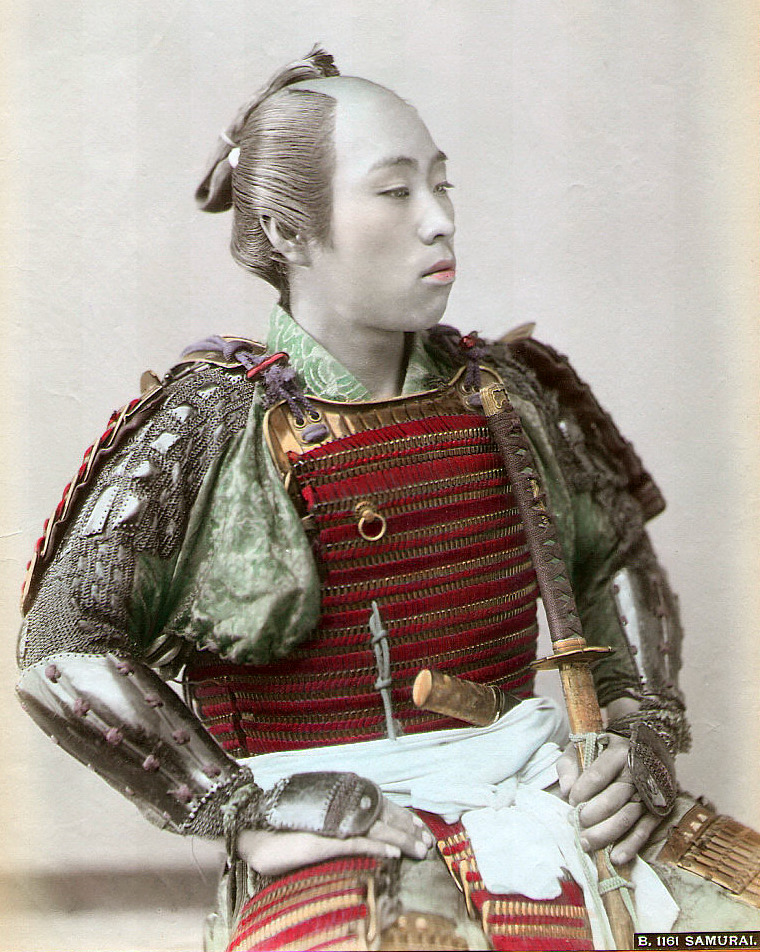|
Ichinojō Takashi
is a former professional sumo wrestler from Arkhangai, Mongolia. He was the second foreign-born wrestler, and the first of non-Japanese descent allowed to debut at an elevated rank in the third ''makushita'' division of professional sumo due to his amateur sumo success. Wrestling for Minato stable, he took the second division ''jūryō'' championship in only his third professional tournament. In his fifth tournament, his first in the top ''makuuchi'' division, he was the runner-up and promoted all the way to ''sekiwake'', his highest rank to date. Ichinojō acquired Japanese citizenship in September 2021, taking the name . He won the top division championship in July 2022. He was one of the heaviest ''rikishi'' in the top division as of September 2020. He retired from active competition in May 2023. Early life and sumo background Ichinnorov is the first of all Mongolian wrestlers who have gone on to join Japanese professional sumo to come from a nomadic clan, as most of the Mon ... [...More Info...] [...Related Items...] OR: [Wikipedia] [Google] [Baidu] |
Shikona
A is a sumo wrestler's ring name. The tradition of ring names in sumo dates back to the Muromachi period and established itself during the Edo period, where they were used as a means to hide the identities of the . Given by the master to his disciple, this pseudonym doesn't follow any fixed rules, but is chosen in accordance with numerous influences, drawing its kanji, characters from the wrestler's inspiration or family, from the history of his stable or even from the master's own name. History Sources attesting to the use of pseudonyms by wrestlers and other martial artists date back to the mid-1500s, during the Muromachi period. During the period of peace established under the Tokugawa shogunate, Japan experienced an unprecedented period of vagrancy for many samurai who had lost their social standing with their previous masters, who had been deposed or killed so that the shogunate could assert itself. These masterless samurai, called , could not engage in any activity under ... [...More Info...] [...Related Items...] OR: [Wikipedia] [Google] [Baidu] |
Judo
is an unarmed gendai budō, modern Japanese martial art, combat sport, Olympic sport (since 1964), and the most prominent form of jacket wrestling competed internationally.『日本大百科全書』電子版【柔道】(CD-ROM version of Encyclopedia Nipponica, "Judo"). Judo was created in 1882 by Kanō Jigorō () as an eclectic martial art, distinguishing itself from its predecessors (primarily Tenjin Shin'yō-ryū, Tenjin Shinyo-ryu jujutsu and Kitō-ryū jujutsu) due to an emphasis on "randori" (, lit. 'free sparring') instead of alongside its removal of striking and weapon training elements. Judo rose to prominence for its dominance over Kodokan–Totsuka rivalry, established jujutsu schools in tournaments hosted by the Tokyo Metropolitan Police Department (警視庁武術大会, ''Keishicho Bujutsu Taikai''), resulting in its adoption as the department's primary martial art. A judo practitioner is called a , and the judo uniform is called . The objective of competitive ju ... [...More Info...] [...Related Items...] OR: [Wikipedia] [Google] [Baidu] |
San'yaku
The following words are terms used in sumo wrestling in Japan. A B C D E F G H I J K M N O R S T W Y Z References External links Glossary of Sumo TermsSumopediaat NHK World-Japan {{Glossaries of s ... [...More Info...] [...Related Items...] OR: [Wikipedia] [Google] [Baidu] |
Chonmage
The is a type of traditional Japanese topknot (other), topknot haircut worn by men. It is most commonly associated with the Edo period (1603–1868) and samurai, and in recent times with sumo wrestlers. It was originally a method of using hair to hold a samurai kabuto helmet steady atop the head in battle, and became a status symbol among Japanese society. In a traditional Edo-period , the top of the head is shaved. The remaining hair was oiled and waxed before being tied into a small tail folded onto the top of the head in the characteristic topknot. History The origins of the can be traced back to the Heian period (794–1185). During this period, aristocrats wore special cap-like crowns as part of their official clothing. To secure the crown in place, the hair would be tied near the back of the head. Between the 1580s (towards the end of the Sengoku period, Warring States period, 1467–1615) and the 1630s (the beginning of the Edo period, 1603–1867), Japanese c ... [...More Info...] [...Related Items...] OR: [Wikipedia] [Google] [Baidu] |
Tochinoshin
; ), lead=yes is a Georgian former professional sumo wrestler from Mtskheta. He was a member of the Kasugano stable and made his professional debut in March 2006. He reached the top ''makuuchi'' division just two years later in May 2008. After a long hiatus due to injury, he began his comeback from the rank of ''makushita'' 55 in March 2014, logging four Yūshō, championships in a row in lower divisions on his way back to the top division in November 2014. In January 2018 he took his first and only top-division championship. In May 2018, after finishing as runner-up with a 13–2 record and a total of 37 wins in his last three honbasho, tournaments, he was promoted to ''Makuuchi#Ōzeki, ōzeki''. He received eleven sanshō (sumo), special prizes, six for Fighting Spirit, three for Technique, and two for Outstanding Performance, as well as two ''kinboshi'' for defeating ''yokozuna''. Tochinoshin was demoted to ''sekiwake'' after posting losing records in the first two tournaments o ... [...More Info...] [...Related Items...] OR: [Wikipedia] [Google] [Baidu] |
Komusubi
, or , is the top division of the six divisions of professional sumo. Its size is fixed at 42 wrestlers ('' rikishi''), ordered into five ranks according to their ability as defined by their performance in previous tournaments. This is the only division that is featured on NHK's standard live coverage of sumo tournaments. The lower divisions are shown on their satellite coverage, with only the ''makuuchi'' broadcast having bilingual English commentary. ''Makuuchi'' literally means "inside the curtain", a reference to the early period of professional sumo, when there was a curtained-off area reserved for the top ranked wrestlers, to sit before appearing for their bouts. Wrestlers are considered for promotion or demotion in rank before each grand tournament according to their performance in the one previous. Generally, a greater number of wins than losses ('' kachi-koshi'') results in a promotion, and the reverse (''make-koshi'') results in demotion. There are stricter criter ... [...More Info...] [...Related Items...] OR: [Wikipedia] [Google] [Baidu] |
Sumo
is a form of competitive full-contact wrestling where a ''rikishi'' (wrestler) attempts to force his opponent out of a circular ring (''dohyō'') or into touching the ground with any body part other than the soles of his feet (usually by throwing, shoving or pushing him down). Sumo originated in Japan, the only country where it is practised professionally and where it is considered the national sport. It is considered a ''gendai budō'', which refers to modern Japanese martial arts, but the sport has a history spanning many centuries. Many ancient traditions have been preserved in sumo, and even today the sport includes many ritual elements, such as the use of salt purification, from Shinto. Life as a wrestler is highly regimented, with rules regulated by the Japan Sumo Association. Most sumo wrestlers are required to live in communal sumo training stables, known in Japanese as ''Heya (sumo), heya'', where all aspects of their daily livesfrom meals to their manner of dressa ... [...More Info...] [...Related Items...] OR: [Wikipedia] [Google] [Baidu] |
Makushita Tsukedashi
The following words are terms used in sumo wrestling in Japan. A B C D E F G H I J K M N O R S T W Y Z References External links Glossary of Sumo TermsSumopedia at NHK World-Japan {{Glossaries ... [...More Info...] [...Related Items...] OR: [Wikipedia] [Google] [Baidu] |
Working Holiday Visa
A working holiday visa is a residence permit that allows travellers to undertake employment (and sometimes study) in the country issuing the visa to supplement their travel funds. For many young people, holding a working holiday visa enables them to experience living in a foreign country without having to find work sponsorship in advance or go on an expensive university exchange program. Working holidays are commonly mentioned in backpacker literature due to the groups sharing some similarities. Most working holiday visas are offered under reciprocal agreements between certain countries to encourage travel and cultural exchange between their citizens. In some countries there is growing criticism around working holiday visas because governments are increasingly linking them to labour strategies rather than centring cultural exchange. This is often achieved by tweaking mobility infrastructures such as visa rules to direct working holiday makers toward certain regions and jobs. This ... [...More Info...] [...Related Items...] OR: [Wikipedia] [Google] [Baidu] |






